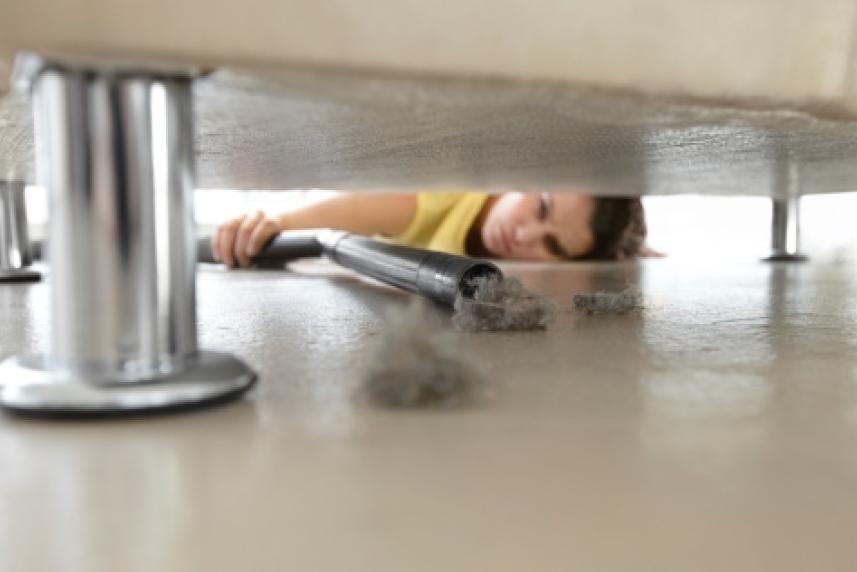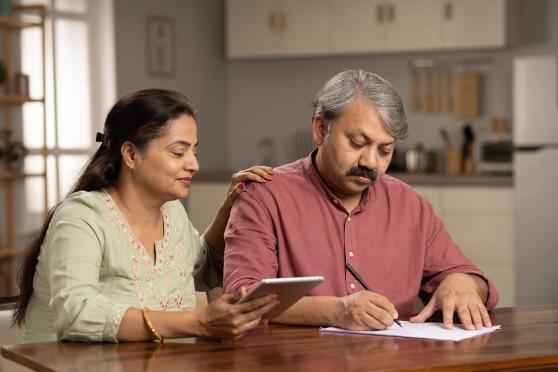How to remove COPD triggers from your home
Learn more about COPD triggers and how to avoid them

After you’ve been diagnosed with chronic obstructive pulmonary disease (COPD), you face the big question: What’s next? The good news is that there are steps you can take to prevent flare-ups and ease symptoms. One of the best things you can do is make your home as COPD-proof as possible. Try these five suggestions to remove common COPD triggers and help you breathe easier, plus information on where to find some sources of support.
Detoxify cleaning products
The fumes from cleaning supplies can trigger COPD. Instead, buy nontoxic, fragrance-free products, or make them yourself. Warm water and soap can become your all-purpose cleaner. Baking soda can be used for scrubbing, and a vinegar-and-water solution is a good substitute for glass cleaner.
Bust dust in bedding
When you breathe better, you sleep better. Control indoor air quality in your bedroom by washing your sheets and blankets in hot water every week. Also, slip mattresses and pillows into dust mite-proof coverings.
Audit your pantry
Food choices can actually help—or hurt—your COPD. For example, eating a diet with fewer carbohydrates and more fat may be beneficial. But be sure to check labels for sodium content. Too much salt can cause swelling and may contribute to pulmonary hypertension (high blood pressure in the lungs), which is common for people diagnosed with COPD. Swap high-sodium foods for spices and herbs with low or no sodium content.
Reduce humidity
Stay inside on days when the outdoor air quality is poor because of pollen or pollution. The Environmental Protection Agency provides air quality news. Monitor humidity as well, since outdoor humidity levels make indoor air more humid, too. Use exhaust fans in the kitchen and bathroom, along with air conditioners and dehumidifiers all around the house, to manage indoor humidity.
Clean air-circulation equipment
Air conditioners with blocked filters can’t effectively cool a home. Check filters at least once a month. And after your COPD diagnosis, have your air-conditioning system, especially the ducts, checked for mold and mildew.
Opt for an air purifier
Another option for canceling out COPD triggers: air purifiers. These are electronic machines that help to clean particles in the air that might aggravate your symptoms, like dust or pollen. While HEPA (high-efficiency particulate air) purifiers are some of the most common, you can also find electric and ionized versions. Talk to your doctor about which type might be most suitable for you.
Seek support
A diagnosis of COPD may mean some lifestyle changes and emotional challenges. To help cope, consider joining a support group, such as a Better Breathers Club or the Living with COPD community on Inspire, or call the American Lung Association with any questions you have.


